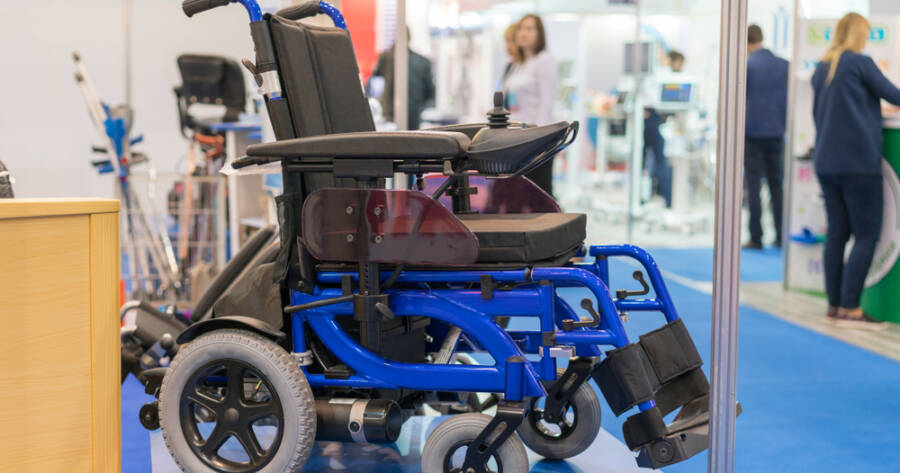Power chairs provide crucial mobility for individuals with disabilities, yet their cost can be prohibitive. Several options, including pre-owned, insurance-supported, and charitable resources, offer viable solutions for access. By understanding insurance policies, government programs, and community initiatives, individuals can secure necessary equipment at minimal or no expense, enhancing independence and quality of life.
Time to Explore Your Options
Power chairs are essential mobility aids for individuals with disabilities, but their high costs often limit accessibility. While buying a new power wheelchair can start at around $1,500, alternative avenues exist that can significantly lower or even eliminate these costs.
By exploring options like pre-owned or donated power wheelchairs, individuals can gain mobility freedom without the financial burdens typically associated with these devices. Alternate pathways include non-profit organizations, government programs, and insurance.
Insurance and Government Programs
Insurance coverage is a pivotal factor in acquiring an electric wheelchair for less. For example, Medicare Part B can cover up to 80% of the cost for those who qualify, which generally requires a doctor’s prescription and a Certificate of Medical Necessity. Medicaid provides additional support and can often cover the remaining costs, especially for low-income individuals.
Eligibility requirements do vary by state, so interested parties should verify specific conditions. Particularly government programs also support veterans through various initiatives aimed at covering durable medical equipment expenses.
Charitable Organizations and Community Initiatives
Numerous charitable organizations provide no-fee power chairs through donations and community initiatives. The Wheelchair Society and the F.R.E.E. Foundation, for instance, offer mobility equipment in specific states by refurbishing and redistributing used power chairs Non-profits stepping up.
Similarly, the American Mobility Outreach accepts both used and new power chairs, refurbishing them to distribute freely to those in need. These organizations not only offer financial relief but also promote a sustainable approach to medical equipment distribution. Other examples include Senior Mobility Initiative and Chariots of Hope, which focus on refurbishing and redistributing used wheelchairs for seniors.
Local Opportunities and Donations
Local community resources and donations can provide additional support. Non-profit organizations often engage in drives to collect wheelchairs or mobility devices that are then redistributed to those who need them.
Thrift shops such as Goodwill are also valuable places to find affordable, albeit used, power chairs. While the availability of such items can vary, these locations provide cost-effective solutions for those unable to receive or qualify for other aid.
Legal Rights and Advocacy
In the United States, legal rights under the Americans with Disabilities Act (ADA) safeguard the accessibility of mobility aids for seniors and individuals with disabilities. Non-profit organizations not only offer resources and equipment but also advocacy support to ensure individuals can fully exercise their rights. Understanding these rights can empower those affected, enabling smoother access to necessary devices.
Learn More About No-Fee Power Chair Options
Understanding the various pathways to acquiring a no-fee power chair can significantly improve the quality of life and independence for individuals needing such essential mobility aids. By leveraging insurance, government programs, non-profit organizations, and local resources, the burden of cost can be greatly minimized.
It’s essential to pursue various avenues and stay informed on available options tailored to personal eligibility and needs. Investing time to research can yield significant benefits, not only in acquiring the needed mobility equipment but in maintaining autonomy and dignity in daily life.

